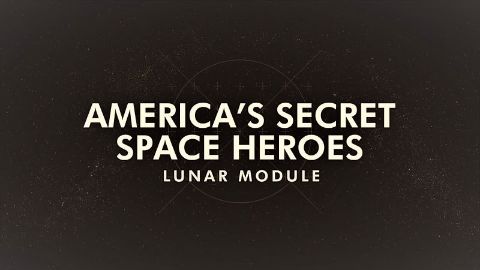Lunar Module • 2017 • episode "S1E2" • America's Secret Space Heroes
It's July 20, 1969. Four days after Apollo 11 thundered skyward from NASA's Kennedy Space Center, astronauts Neil Armstrong and Buzz Aldrin become the first humans to set foot upon the moon, thanks to a marvel of engineering: the lunar module. It's the culmination of years of toil and millions of man-hours of engineering prowess. This is the story of the unsung heroes who built the unconventional flying machines that carried 12 Americans to the moon on six separate missions and made the dream of a generation come true.
Make a donation
Buy a brother a hot coffee? Or a cold beer?
Hope you're finding these documentaries fascinating and eye-opening. It's just me, working hard behind the scenes to bring you this enriching content.
Running and maintaining a website like this takes time and resources. That's why I'm reaching out to you. If you appreciate what I do and would like to support my efforts, would you consider "buying me a coffee"?
Donation addresses
BTC: bc1q8ldskxh4x9qnddhcrgcun8rtvddeldm2a07r2v
ETH: 0x5CCAAA1afc5c5D814129d99277dDb5A979672116
With your donation through , you can show your appreciation and help me keep this project going. Every contribution, no matter how small, makes a significant impact. It goes directly towards covering server costs.











